Alfa Romeo 159/Brera/Spider Used Buyer’s Guide: 8 Things You Need To Know
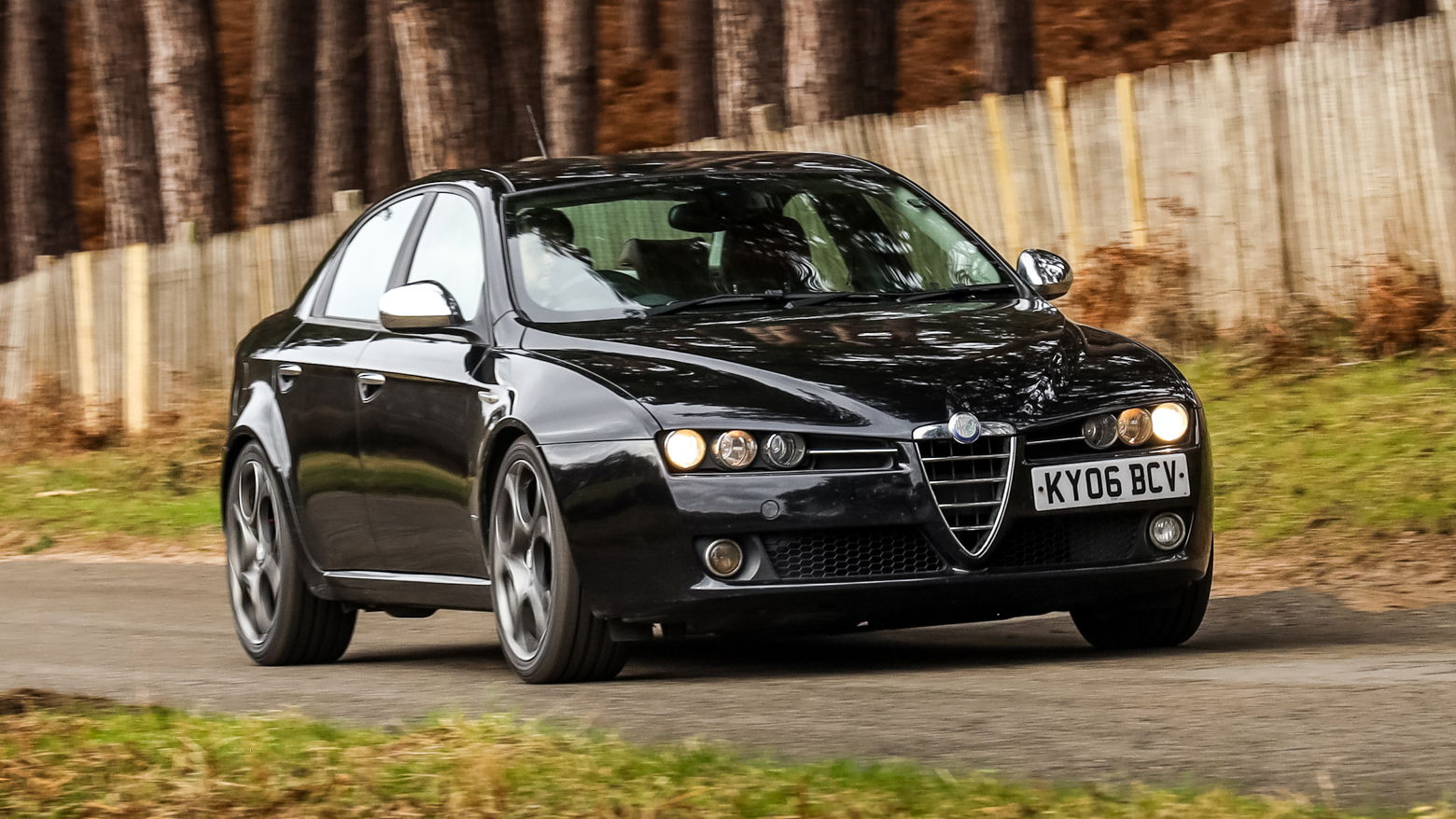
After a sporty-ish, practical-ish daily that offers more style than pretty much anything else at its price point? The Alfa Romeo 159, Brera and Spider – all of which sit on the shared Type 939 platform – have you covered.
Available from just a few thousand pounds, these cars were the bedrock of Alfa’s range for much of the 2000s. You had the 159, a BMW 3-series competitor available as both a saloon and a Sportwagon estate, and then the Brera coupe and Spider, erm, spider. Rather than go down the 3-series route of simply creating two-door versions of the saloon, though, Alfa went a bit mad, shortening the platform and making the Brera a sort of rakish hatchback thing and the Spider a proper two-seater roadster. All three models are the same from the A-pillar forward, though.

Whichever you opt for, you’ll be getting gorgeous looks, a very special-feeling interior, and some decent engines. Being old Alfas, though, these cars aren’t without their flaws and foibles – having dailied a 159 saloon for the past year and a half, I should know. Here are the big things to look out for if you want to go down the same route.
Choose your engine wisely
These cars came with a big range of engines, but some are better than others. Common between all four body styles were a pair of naturally aspirated JTS petrol engines – a 2.2-litre, 182bhp four-cylinder and a 3.2-litre, 256bhp V6 (commonly misidentified as one of Alfa’s legendary Busso units – it’s actually a GM-designed engine with new cylinder heads and a few other tweaks). In most cases, the V6 also came with Alfa’s Q4 all-wheel drive system.

These are both reasonably grunty and reliable engines, but they're thirsty and have timing chains stretchier than a particularly well-melted bit of mozzarella. If there's a check engine light and a noticeable drop in power, there's a very good chance it's a stretched chain, and it's not a cheap fix.
The 159 also came with two smaller petrol four-cylinders – a 138bhp 1.8-litre, and a 158bhp 1.9. They’re both very rare in the UK, and too gutless to really bother considering.
The best of the petrol engines, though, is the 1750 TBi, introduced across the 159, Brera and Spider in 2009. A 1.8-litre turbocharged four-cylinder with 197bhp, it struck by far the best balance between performance, economy and reliability. As such, it tends to command a big premium, especially in Breras and Spiders.
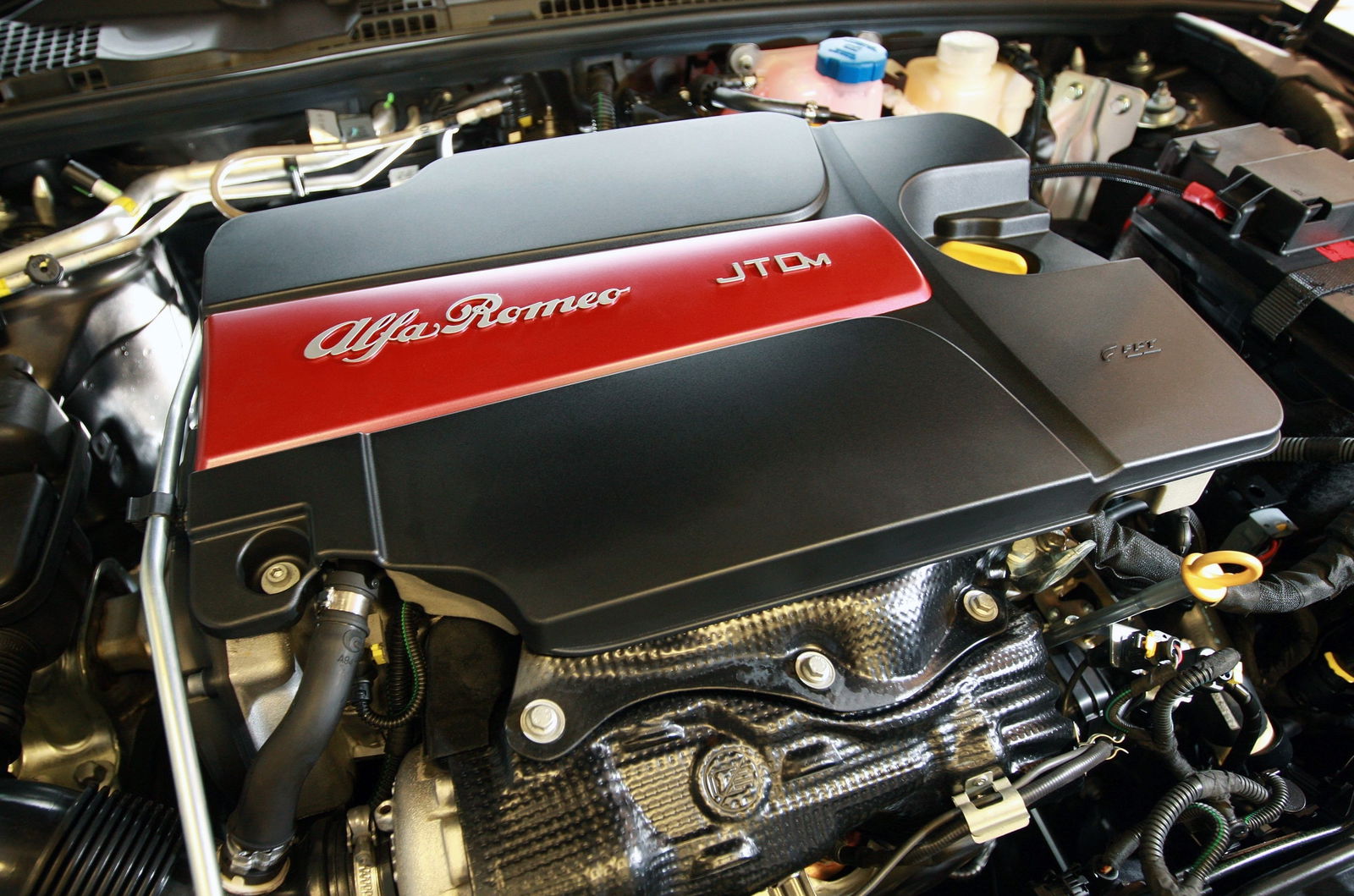
There were various turbodiesels available – a 1.9-litre, 148bhp four-cylinder; a 2.4-litre, 197bhp (later 207bhp) five-cylinder and, later, a 2.0-litre four with either 134 or 168bhp. They’re all good engines, but check for faulty EGR valves, which may manifest as a sudden lump of power arriving above 3000rpm; and blocked swirl flaps, which will be apparent in a general lack of oomph.
Have a look at the subframe
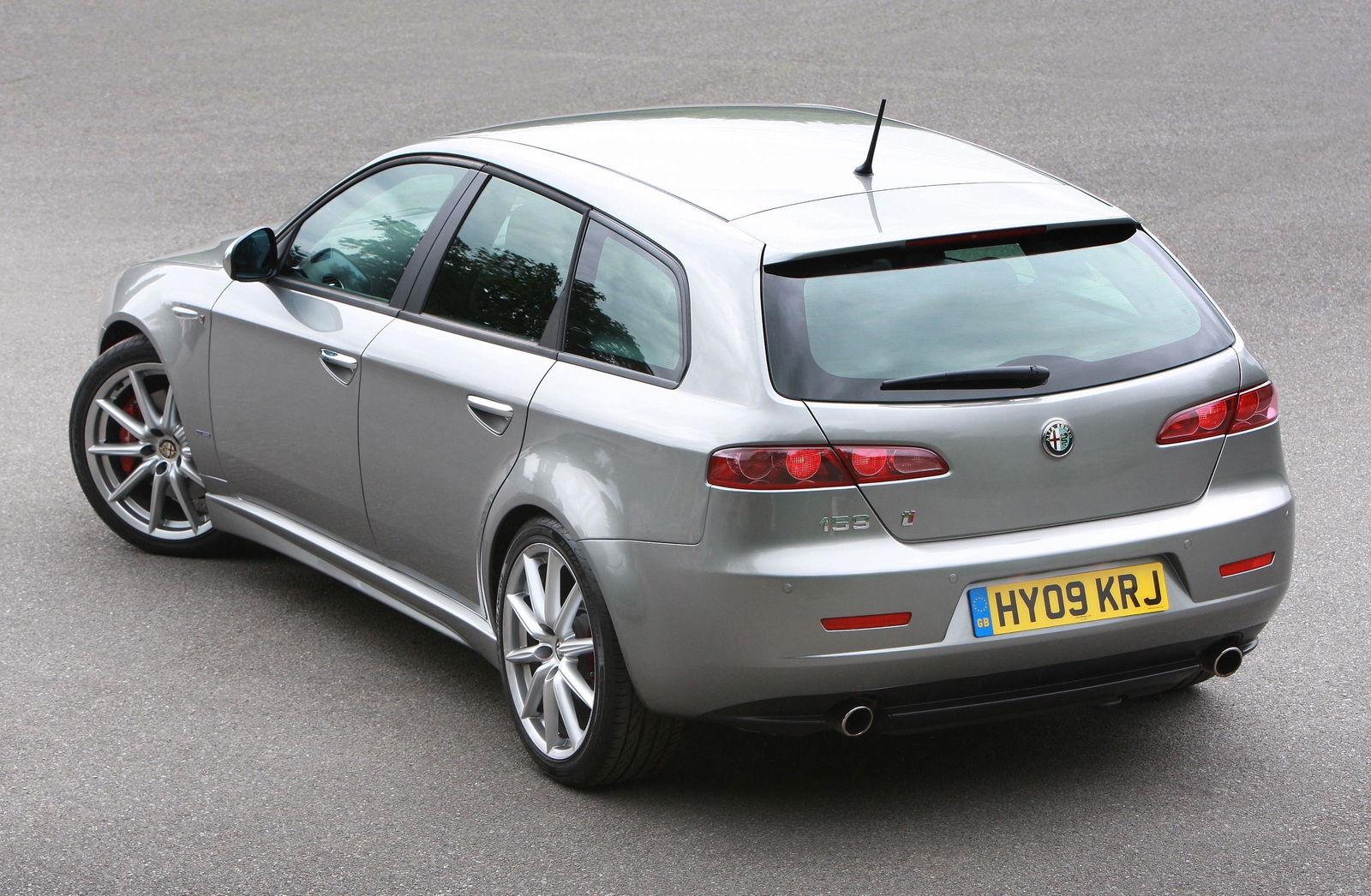
By and large, these are structurally sound cars, but the one big weak spot is the front subframe. If and when it goes is a bit of a lottery, and sometimes it can just be superficial surface rot, but if you can, have a look underneath the car with a torch – unsurprisingly, replacing it is a big, pricey job. If you do get a clean one, it’s always worth doing some preventative treatment here.
Budget for some suspension bits
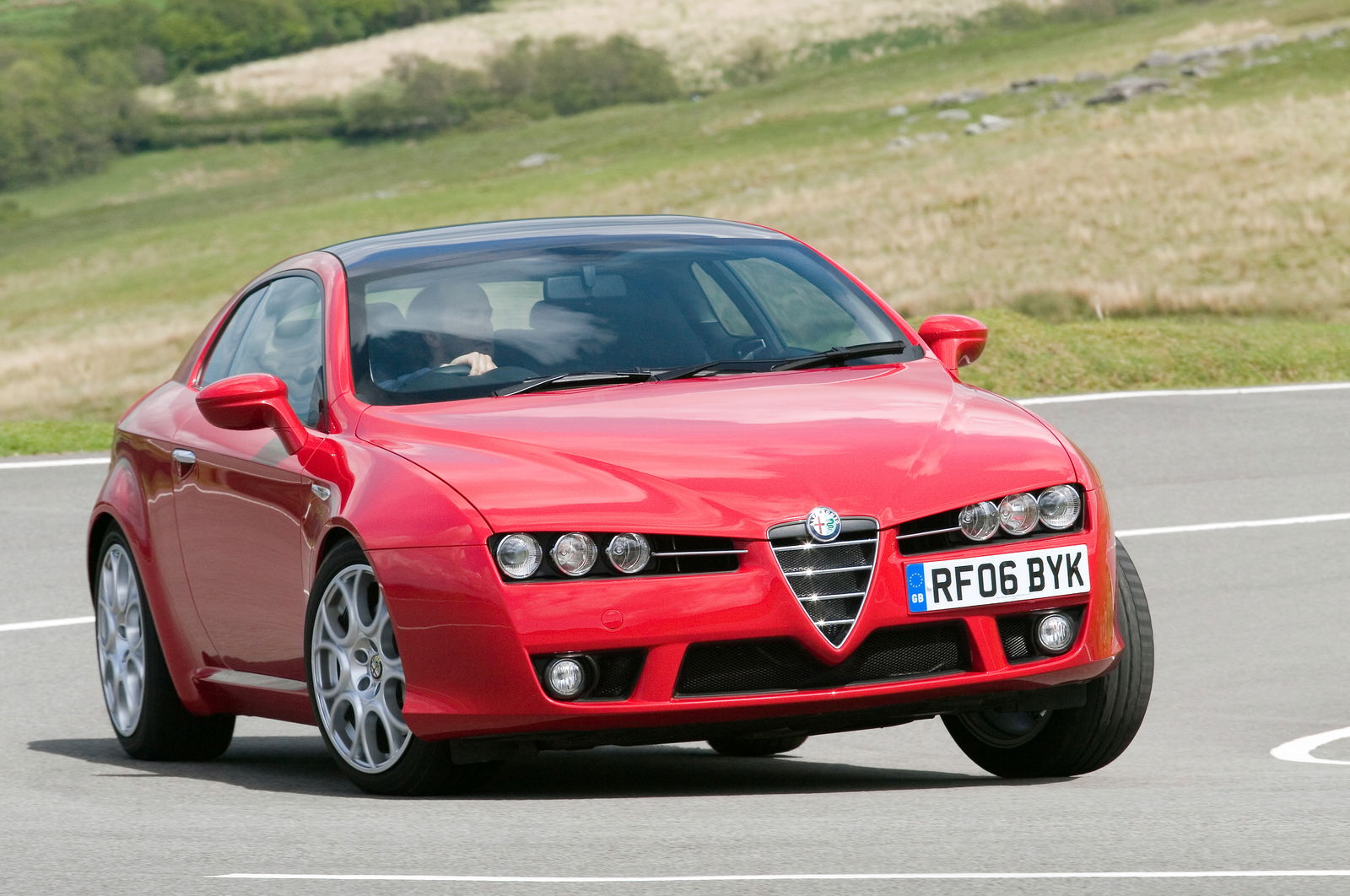
Perhaps because they’re reasonably hefty and mainly front-wheel drive, the 939-chassis cars can be a bit tough on front suspension components. In a year and a half and around 15,000 miles on my 159, I’ve had to have both front wishbones and a track-rod end done. They’re also very sensitive to alignment, and if everything’s not lined up perfectly straight, it can hugely accelerate tyre wear, so it’s always worth staying on top of this stuff.
The suspension bushes aren’t the best either, so it’s a fairly common mod among owners to replace them with racing-style polybushes. Obviously, these are going to have an effect on ride comfort, though, so consider if it’s the right thing to do.
Prepare for some electrical gremlins

Ah yes, Italian cars and flakey electrics. Name a more iconic duo. While there aren’t many common electrical issues likely to leave you stranded or cost a huge amount to fix, little glitches can and will happen. On my 159, these have included a knackered window regulator that not only prevented the window from operating but wouldn’t keep it closed; a dodgy crank sensor that meant the car would sometimes take four or five attempts to start; and an oil temperature gauge that hasn’t worked for the entire time I’ve owned the car. Whoops.
Don’t expect a BMW-like drive…

Yes, Alfa’s a sporting name, and yes, these cars look snouty and aggressive, but they’re probably not the cars to go for if pure driving involvement is your priority. They’re quite heavy and front-wheel drive (slightly rear-biased all-wheel drive in the case of most V6s).
They’re far from awful – a 159’s probably going to be more enjoyable through the twisties than a contemporary Audi A4 or Mercedes C-Class – but it won’t be a patch on an E90 3-series.
This was acceptable in the 159, but for many, was a bit more of a deal-breaker when it came to the more overtly sporty Brera and Spider – you need only watch the Brera pitching about and aggressively understeering when The Stig lapped it on an old episode of Top Gear for a demonstration.
…unless you get a Brera S
.jpg?width=1600)
There is one exception to these cars’ less-than-brilliant dynamics. After the pasting the Brera’s drive got from the British press, Alfa UK hooked up with iconic motorsport outfit Prodrive in 2007 to make things right.
A UK-only model, the Brera S – available as either a 2.2 or 3.2 V6 – was the result. Prodrive fitted the car with new Bilstein dampers, Eibach springs and Brembo brakes, and completely overhauled the suspension geometry, setting it up specifically for a typical British B-road. On the V6 versions, it even ditched the rear driveshafts, making it FWD-only and saving around 100kg in the process (something that subsequently became a choice on non-S Brera V6s). It also got some utterly delectable 19-inch teledial alloys, sharing their design with those of the 8C Competizione.
The good news is that Prodrive’s work, by all accounts, transformed the Brera, giving it a driving experience that finally lived up to its stunning looks. The bad news is that only 500 were made, and as a result, they command higher prices than non-S models with the same engines.
The Spider is the ultimate style-over-substance car
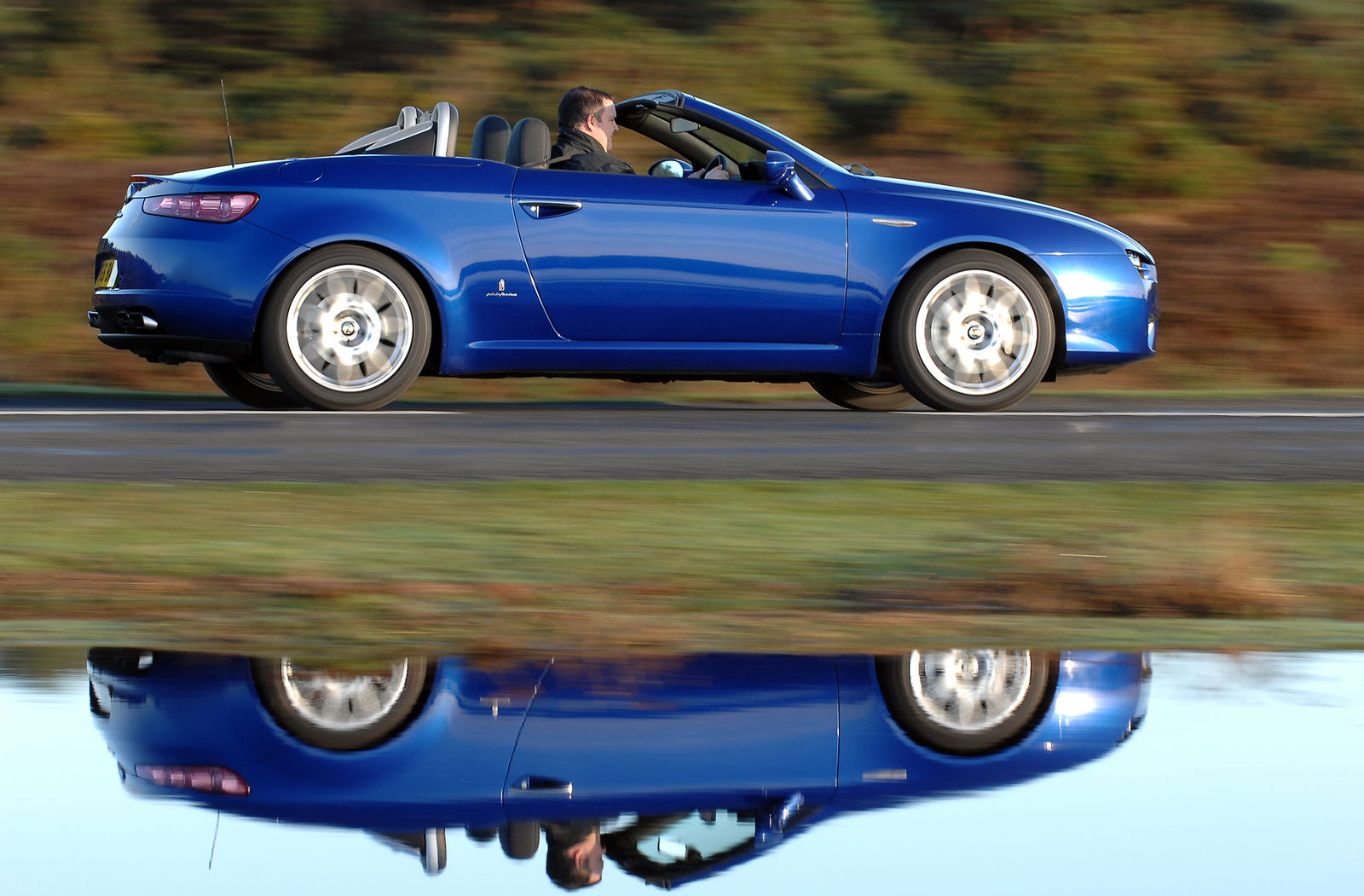
With its sculpted rear end and those distinctive twin humps on the rear deck, there’s a real argument for the drop-top Spider being the prettiest of all four body styles. Unfortunately, it’s also by far the least dynamically sorted.
With very little work done to offset the structural loss of a fabric roof, the Spider flopped around like a panna cotta, and developed enough scuttle shake to measure on the Richter scale. If you’re after a convertible to waft around in looking good, then it’s near-unparalleled, but don’t be fooled by the fact it’s a sharp-looking two-seater roadster – a Boxster, Z4 or even a TT Roadster it very much ain’t.
Find a good specialist

These aren’t super high-maintenance cars if you find a good one, and because most of the mechanical bits come from either Fiat or GM, they don’t need to be taken to a specialist to have most work done on them.
As always with anything slightly niche and Italian, though, it’s always worth having someone on hand who knows them inside out – if nothing else, for their better access to parts. For instance, when my 159 developed a misfire as a result of a dodgy solenoid, a local-ish Alfa specialist (shout out NJS Alfa in Pershore) already had the right part in, and was able to get it changed over the morning after I called the issue in.
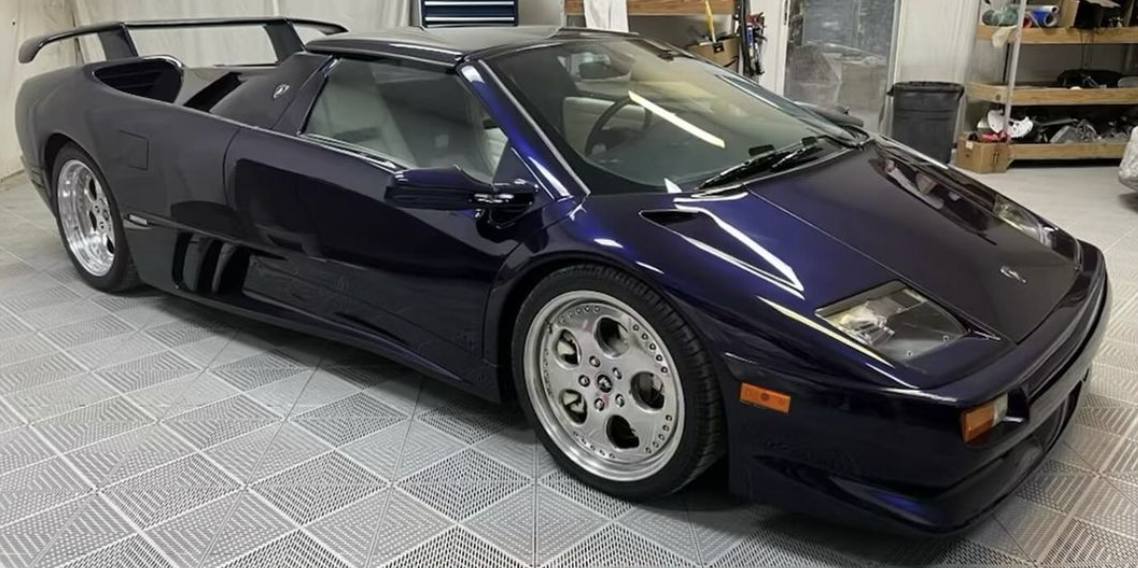














Comments
No comments found.